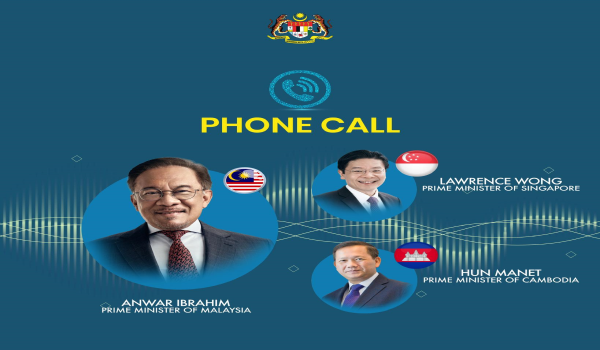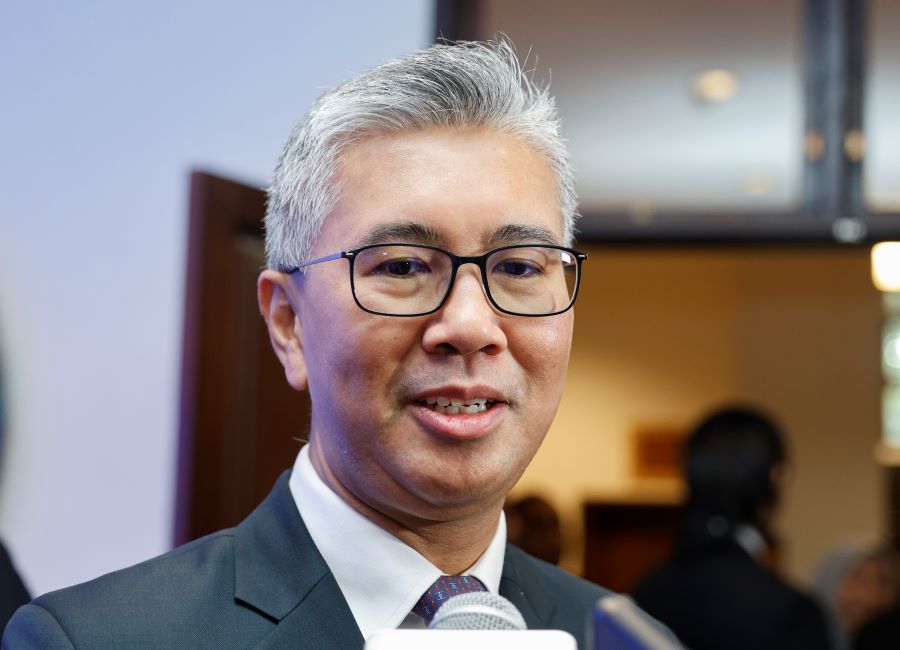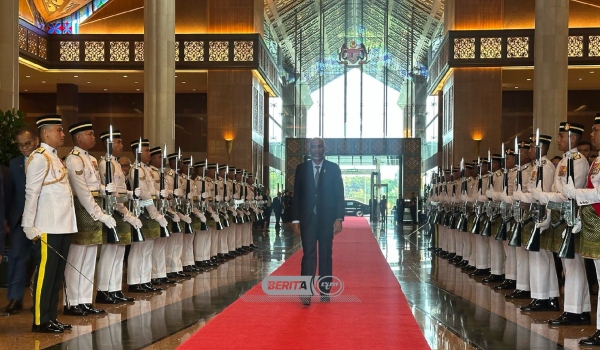Blockchain gaming and decentralized finance (DeFi) are poised for significant growth under Donald Trump’s presidency, according to Jeffrey Zirlin, co-founder of crypto gaming platform Sky Mavis. Speaking at the YGG Play Summit in the Philippines on November 21, Zirlin highlighted that the new administration’s crypto-friendly policies could create an environment ripe for innovation, particularly in token design.
Zirlin, whose platform is actively involved in blockchain gaming, explained that Trump’s policies could make it easier for developers to experiment with novel token designs, allowing tokens to be distributed within games and used by players in new ways. “You want to experiment with all these ways of adding utility to tokens so that you can distribute tokens via the games and then have people who want to use and spend the tokens,” he said.
Challenges Under the Previous Administration
Zirlin contrasted the opportunities under the new administration with the struggles faced under the outgoing government. Under SEC Chairman Gary Gensler, the regulatory environment for crypto, especially regarding token design, was “very difficult.” Zirlin noted that the strict oversight made it hard to innovate without encountering regulatory pushback. Now, he believes the token design space has been “massively opened up,” offering more freedom for sectors like DeFi and gaming to flourish.
Zirlin believes that DeFi and blockchain gaming are the sectors most likely to benefit from the new environment. These sectors are seen as having long-term potential in creating real-world value, both in finance and entertainment. “I believe that’s most bullish for DeFi and gaming, which we believe are the most consequential sectors with the most long-term value in this industry,” Zirlin said.
As the regulatory landscape shifts, Zirlin predicts that more blockchain games will integrate cryptocurrency and other digital assets, driving adoption and growth. This could allow new gaming ecosystems to thrive, offering players more ways to use and spend tokens within games.
Memecoins as an Entry Point
Zirlin also discussed the role of memecoins in the crypto space, which some view as speculative and shallow. Despite their reputation, Zirlin sees value in how memecoins attract new users. “The good thing about memecoins is that they get the people who are only in [crypto] for primarily speculative reasons,” Zirlin noted. These users, with their short-term focus, may end up being some of the first to engage with new blockchain games.
While memecoins currently dominate the crypto market, Zirlin remains optimistic that blockchain gaming will see substantial adoption in the near future, driven by a new wave of users familiarized by memecoins.
Zirlin’s views align with those of other crypto industry figures, such as ConsenSys CEO Joe Lubin, who believes that Trump’s policies will help utility-driven crypto projects. Lubin specifically pointed to Ethereum, noting that it is “more mature than any other major blockchain, aside from Bitcoin” and well-positioned to benefit from the upcoming regulatory shift.
Zirlin similarly expects that platforms like Ethereum will benefit from Trump’s administration, as they provide the infrastructure needed for DeFi and blockchain gaming to scale. With more favorable policies, these platforms are likely to see even greater adoption in the coming years.
| Area | Expected Impact | Key Drivers |
|---|---|---|
| DeFi | Significant growth as policies become more favorable | Regulatory clarity, expanded use cases for decentralized applications |
| Blockchain Gaming | Increased adoption, more innovative token integration | New token design opportunities, wider crypto adoption |
| Memecoins | Serve as entry point for new users | Speculative nature attracting short-term traders who may become long-term users |
While memecoins play a role in drawing attention to crypto, the real potential lies in sectors like DeFi and blockchain gaming. With Trump’s administration likely to ease regulations, these industries can finally move beyond speculative trends and focus on creating sustainable, utility-driven projects. This shift could lead to a lasting transformation of the blockchain landscape.












